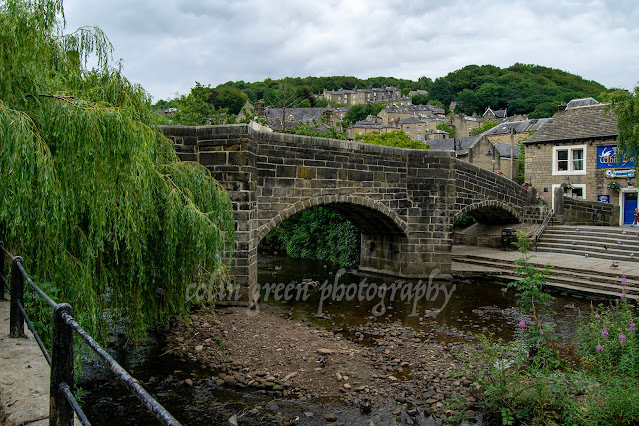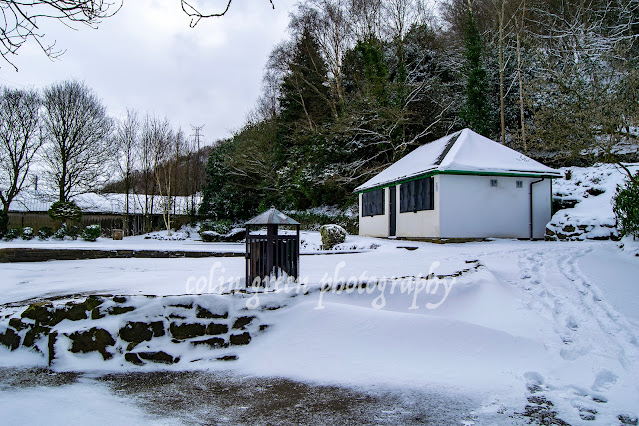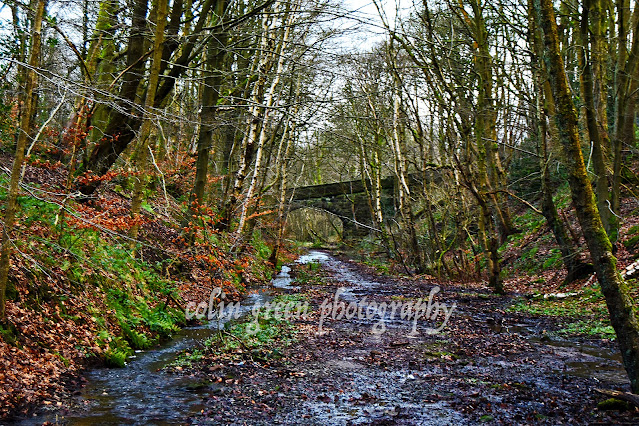August 2018. A simple date, a snapshot in time, captured by my trusty Nikon D3300. But within those digital frames lies a story, a whisper of history echoing through the platforms of Brighouse Railway Station. It's a story of change, resilience, and the enduring spirit of rail travel.
Brighouse Railway Station, seemingly just another stop on the line, holds a past far richer than its modern facade might suggest. Did you know it first opened its doors – or rather, its platforms – on the 5th of October 1840? Back then, it was known as "Brighouse and Bradford." A curious name, considering trains couldn't even reach Bradford directly until 1854 when the Halifax line was completed! It also bore the moniker "Brighouse for Rastrick," hinting at its role as a key transport hub for the surrounding areas.
Imagine the scenes: the billowing steam, the rhythmic chugging of locomotives, the bustle of Victorian passengers. It's a stark contrast to the sleek, modern trains that glide through today. However, progress, as it often does, brought change. The original station, a relic of a bygone era, was sadly closed on the 3rd of January 1970. A final, poignant farewell as the 6:53 PM London King's Cross to Bradford service passed through, marking its demise.
And then, silence. The station, a vital artery of the town, was gone, demolished, its history seemingly erased. But the story doesn't end there. Like a phoenix from the ashes, Brighouse Railway Station was reborn, reopening on the 29th of May 2000, at its original location. A testament to the community's desire to reconnect with its past and embrace the future.
However, the tale of Brighouse isn't complete without a mention of its neighbour, Elland. Originally slated to reopen its own station alongside Brighouse, Elland's revival has been a saga of delays. The projected 2022 opening, with a £22 million price tag, highlights the challenges of modern infrastructure projects. "Only 22 years late," you can't help but chuckle, a wry nod to the famed (or infamous) efficiency of old British Rail. "We may be late, but we get there eventually," a sentiment that resonates with the slow, steady rhythm of railway progress.
These photographs, captured on a warm August day, are more than just images. They're a portal to the past, a reminder of the enduring legacy of rail travel. They speak of the generations who passed through these platforms, of the stories etched into the very fabric of the station.
So, the next time you find yourself at Brighouse Railway Station, take a moment to appreciate its history. Listen for the echoes of steam, imagine the bustling crowds, and remember the resilience of a community that brought its station back to life. And perhaps, spare a thought for Elland, patiently waiting for its turn to join the story.
Clicking any of the images below should open a link in another window to my Colin Green Photography store on Zazzle.























































